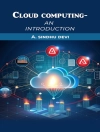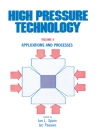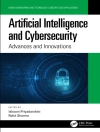The volume of waste produced by human activity continues to grow, but steps are being taken to mitigate this problem by viewing waste as a resource. Recovering a proportion of waste for re-use immediately reduces the volume of landfill. Furthermore, the scarcity of some elements (such as phosphorous and the rare-earth metals) increases the need for their recovery from waste streams.
This volume of Issues in Environmental Science and Technology examines the potential resource available from several waste streams, both domestic and industrial. Opportunities for exploiting waste are discussed, along with their environmental and economic considerations. Landfill remains an unavoidable solution in some circumstances, and the current situation regarding this is also presented. Other chapters focus on mine waste, the recovery of fertilisers, and the growing potential for compost.
In keeping with the Issues series, this volume is written with a broad audience in mind. University students and active researches in the field will appreciate the latest research and discussion, while policy makers and members of NGOs will benefit from the wealth of information presented.
Daftar Isi
1. Advanced Thermal Treatment of Wastes for Fuels, Chemicals and Materials Recovery; 2. Resource Recovery from Mine Waste; 3. Waste to Wealth using Green Chemistry; 4. Recycling of Plastics and Packaging; 5. Phosphorus Recovery from Wastewater; 6. Recent Developments in the Area of Waste as a Resource, with Particular Reference to the Circular Economy as a Guiding Principle; 7. Recycling Policy: The Sound Material Cycle Society and 3R Concepts from Japan to Developing Asia; 8. Composting and Compost; 9. Landfill as a Resource
Tentang Penulis
Roy Harrison OBE is Queen Elizabeth II Birmingham Centenary Professor of Environmental Health at the University of Birmingham. In 2004 he was appointed OBE for services to environmental science. Professor Harrison’s research interests lie in the field of environment and human health. His main specialism is in air pollution, from emissions through atmospheric chemical and physical transformations to exposure and effects on human health. Much of this work is designed to inform the development of policy.












